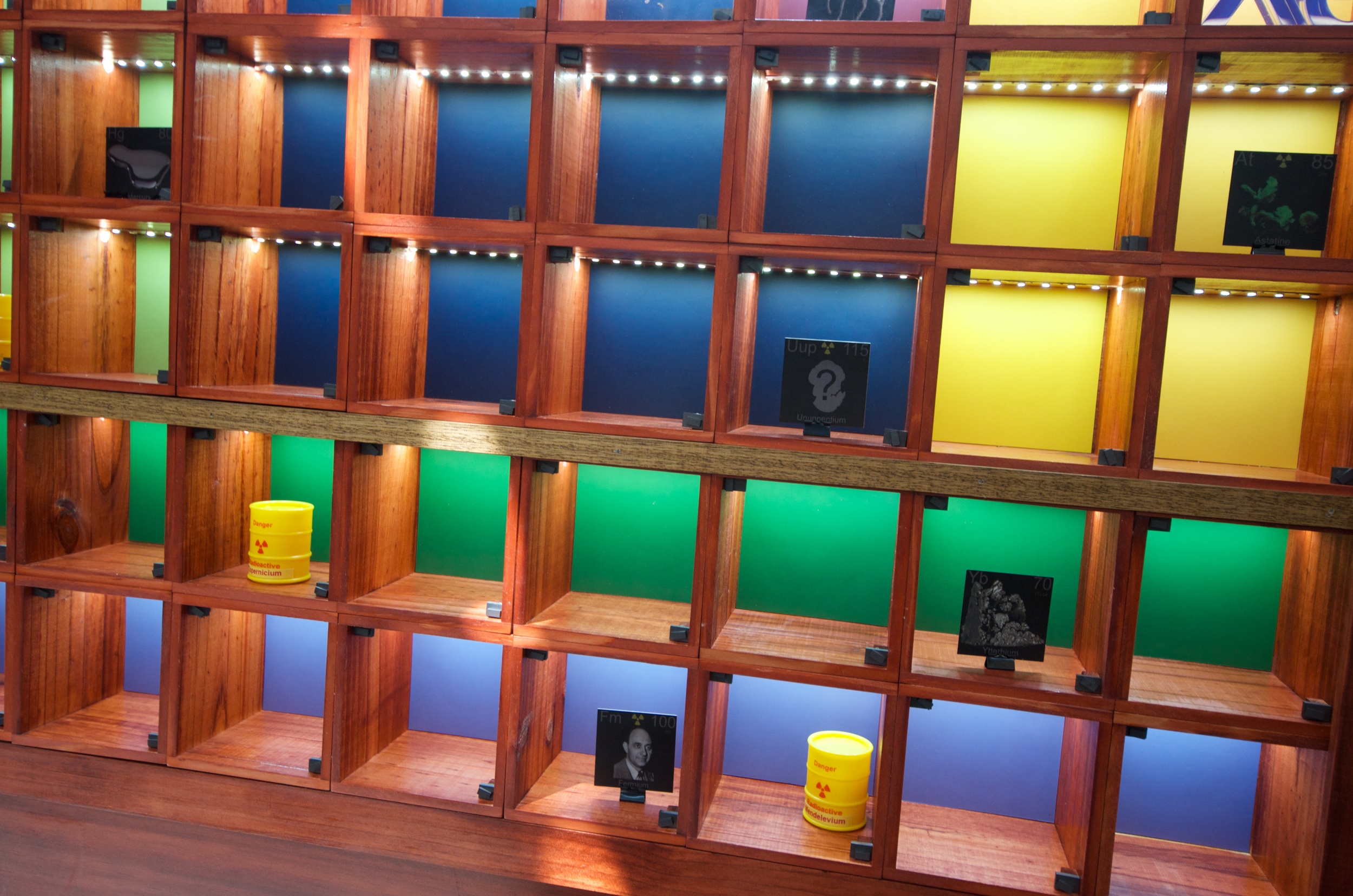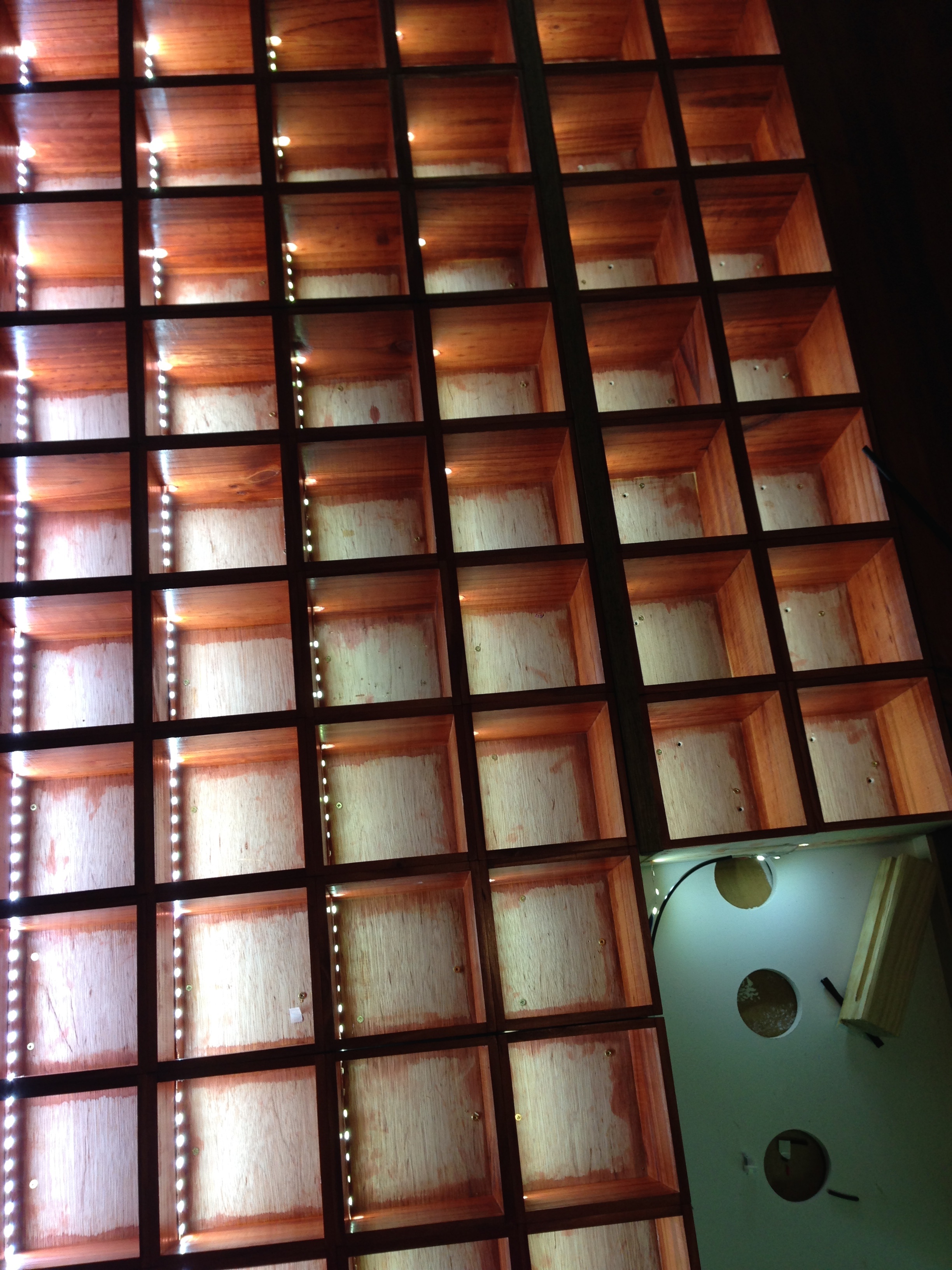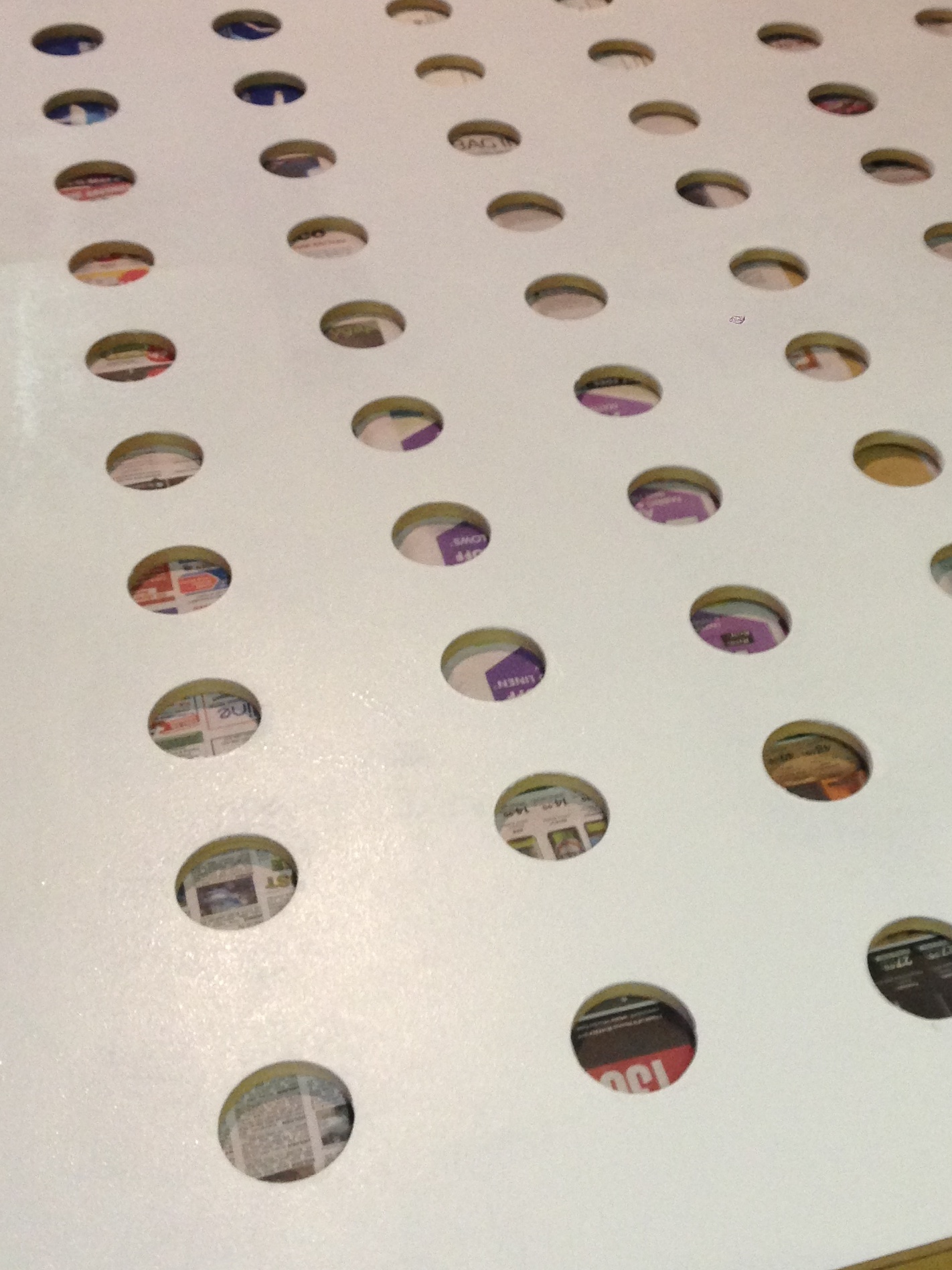In the ebb and flow of educational theories and approaches to learning one can see many commonalities to the world of fashion. A good idea emerges, becomes mainstream, is appropriated by a wide number of educators who blend the essential elements into their methodology and over time the once good idea becomes an oversimplified or slightly misunderstood model of what it once was. In no short time another idea emerges and this takes the place of the last. The link to the fashion industry is that most educators know to keep their old resources, as what was out of fashion in one decade will be the darling idea of the next.
And so some are saying that this is the case for Inquiry Based Learning. The logic of this claim lies in a report by Liem & Martin (2013) on the effectiveness of Direct Instruction over alternative instructional methods. This report, based on a meta-analysis of existing studies dating back to 1996, showed that Direct Instruction was the most effective means of instruction for a wide range of students across a mix of factors and resulted in the highest levels of achievement. "a bulk of evidence supports the benefits of DI and its key instructional practices relative to minimally guided or unassisted instructions."
Before we get too far into this discussion it should be made clear what is meant by direct instruction.
"Direct instruction (DI), which originated in the work of Engelmann and colleagues in the 1960s, is a systematic model of teaching that focuses on a sequenced and incremental mastery of curriculum- based competence and a capacity to apply generalizable skills to tackle other similar questions/problems (Adams & Engelmann, 1996). DI is implemented through carefully planned lessons in which students are provided with substantial, and yet gradually reduced, guidance (i.e., mediated scaffolding).” (Liem & Martin 2013)
The implications of the report are that teachers can facilitate learning for their students by applying a DI model that; ensures students see the task as achievable and manageable, provides a clear sequence of well thought-through instructions, by teachers posing questions and modeling the use of problem solving strategies and providing students with opportunities to deliberately and purposefully practice the skills and knowledge they learn. This model when looked at on both a small scale lesson to lesson basis or on a learning journey across multiple years of education makes sense and is in keeping with the practice observed in many classrooms at one point or another.
The report is clear on additional points that should not be ignored. "However, this is not to dismiss the constructivist view of learning–which is often believed to be supported by minimally guided instructions–because DI principles and practices are indeed useful to promote the process of knowledge construction.” Andrew Martin has also spoken of the need to avoid a dichotomous approach to DI vs. Inquiry or Problem Based Learning; the best results can be achieved by using the right approach for the desired outcome rather than being guided by dogmatic beliefs. What the report is not advocating is a teacher centric classroom in which the students are the passive receptors of information provided by the teacher with all aspects of the lesson delivered lecture style. Reducing a DI framework to ‘Chalk & Talk’ is not the intent of the report although an appropriate measure of this will occur.
What the report does not touch on is the question of ‘What should we teach?’
If you have listened to any of the recent TED Talks by Sir ken Robinson, Sugata Mitra, Ian Jukes and others, you will understand that education is facing a radical change as we move to preparing our students for a post industrial revolution era. Ian Jukes outlines a world already emerging in which the repetitive cognitive tasks so common in offices of western nations today will be replaced by machines or unskilled workers in emerging nations. You will have heard that as a result of the growth of the Internet, teaching students isolated content is a fruitless task. What is needed is an educational system that teaches students to think, imagine, create and solve problems that do not yet exist. Not that this is a truly radical idea, Einstein understood this and stated ‘Education is not the learning of facts, it’s rather the training of a mind to think’. What our students will require is an ability to be inquisitive, solution focused problem solvers who are able to apply their imaginations towards creative endeavours and to do this in an environment of collaboration.
David Perkins, a founding member of Harvard Project Zero offers insights to these questions in his book 'Future Wise: Educating our Children for a Changing World’. Perkins conducts research on creativity in the arts and sciences, informal reasoning, problem solving, understanding, individual and organizational learning, and the teaching of thinking skills. He advocates that teachers and curriculum administrators rethink what gets taught in schools.
"What’s conventionally taught may not develop the kinds of citizens, workers, and family and community members we want and need. The basic skills of reading, writing, and arithmetic, even if strongly developed, aren’t enough. The familiar disciplines in their traditional versions, sitting in their silos, constrained by regional perspectives, and taught to all comers for purely academic understanding aren’t enough. The universe of what’s seen as worth learning is expanding. (Perkins 2014)
David asks us to identify the learning that is “Lifeworthy, that is, likely to matter in the lives learners are likely to live”. He questions many of the lessons we as teachers believe as critical for all learners to experience using the infamous quadratic equation as an example of a concept taught to all but relevant to few.
"Opportunity cost makes a fundamental point about decision making: when we decide in favor of one course of action, we forgo others that might have generated certain benefits. A cost of the path we choose is loss of benefits from the abandoned paths. With quadratic equations as with anything else, we have to ask not just whether they are nice to understand in themselves but what might have been learned instead.”
David suggests that much of what was taught was useful in a world where the future that our students entered was similar to that experienced by their parents; predictable and known. Tomorrow’s world will not be like this and we consequently need to be more "future wise”.
This focus on a particular set of flexible adaptable skills is not intended to be at the complete abandonment of knowledge or content.
"To be sure, it’s nice to know everything in those textbooks. We want to be careful about what we toss. Knowing a lot well at an acquaintance level— a cappella, cholesterol, zygote— is a hallowed mission of education still relevant today.”(Perkins 2014)
The important part of this is the phrase ‘acquaintance level’. It is useful to understand that there were significant historic periods and probably useful to be able to name them, but for the non-professional historian specialising in renaissance life in the villages of southern France, a deeper knowledge is not required or beneficial. Knowing enough to provide points of reference and starting points for inquiry is in most areas of study enough.
The next question to be answered then is how may we best prepare our students. What pedagogical approach will arm them with the skills required in this brave new world where they are the creators and shapers of knowledge and ideas. Clearly it makes sense that we teach them these skills and dispositions and provide them with opportunities to apply these. Doing this does not however require a classroom environment devoid of direction and guidance from experts. If our goal is to teach students to swim we would not do so by pushing them into the sea, but we would also not expect them to learn to swim without ever getting into the water. Yes we want our students to be able to independently inquire and solve problems but we also need to show them how. This is where much of the debate about the merits of Inquiry Based Learning vs. Direst Instruction falls apart as it should be our goal to produce students adept at Inquiry Based Learning but this should not dictate our methodology. Every student needs to be shown how to inquire, how to develop big questions, how to solve diverse and novel problems and how to be creative. We need to model these skills, allow time to reflect on their utility and provide tangible strategies to apply. Further to all of this our students need opportunities to apply this kind of thinking to problems that matter to them in a safe environment that is tolerant of failure and provides guidance when things go wrong and we do all this so that eventually they will do this without us.
Our students will learn in a multiplicity of environments and in a variety of individual and group settings. This has always been the case but today the tools enabling this learning have grown in potency. Every laptop is a billion volume library with an array of multimedia learning opportunities available that we as humble classroom teachers can not hope to compete with in terms of student engagement regardless of how colourful our whiteboard displays may be or how interactive our Smartboards are. New ways of learning, sharing, making and creating continue to emerge and the school day increasingly forms a small package of a child’s total learning. Acknowledging this and allowing students to bring this out of school learning into the classroom adds new dimensions to what is possible. It also provides new challenges as we lose control over what our students are learning, what they know and what they can do. One solution to this is for teachers to empower students as teachers, to take a step back and allow the students to lead. Sugata Mitra through his ‘Hole in the Wall’ experiment found that this style of collaborative learning could be very effective particularly when it is empowered by a non-expert mentor. He refers to this as the 'Role of the Grandmother’. In this model the teacher allows the students to share their knowledge and skill, to work together to solve a problem while the teacher interjects the well-timed encouraging word or question to re-shape their thinking. Building on from the strategies we have taught the students and the modeling of problem solving we have provided this model makes for excellent independent practice. Our goal remains as the production of talented inquirers and problem solvers but here too this is developed in ways that scaffold success.
A linked perspective on this and one that touches upon the ultimate significance of Inquiry Based Learning is presented by Chris Lehmann who writes "In a true inquiry-based model, how learning happens isn’t as important as whether that learning encourages students to try to learn even more." If we take this idea and see the success of our programmes in a mix of student engagement with the process of learning now and their desire to continue as learners beyond the constrains of our schools we are likely to have a different conclusion on which model provides the highest level of achievement but we are not freed from the question of how we will enable our students to be successful inquirers.
So, maybe Inquiry Based Learning is dead. Maybe once we take a few moments to reflect on its passing we will be able to see that in truth we misunderstood its place in our classrooms and see it as our ultimate goal and not a methodology. Once we do this we can go back to trying to understand how we may best support our students achieve their potential and prepare for a world beyond our classrooms.
By Nigel Coutts































